Hi there, pet lovers! 🦎
If you’re considering a reptile as your first pet, the leopard gecko (Eublepharis macularius) is an excellent choice. These small, hardy, and personable lizards are perfect for beginners and experienced reptile enthusiasts alike. In this comprehensive review, we’ll explore everything you need to know about leopard geckos, from their temperament and care requirements to their affordability and availability. Whether you’re thinking of adding one to your family or just curious about these fascinating creatures, this guide will help you make an informed decision.
Overview
Leopard geckos are small, ground-dwelling lizards native to the arid regions of Afghanistan, Pakistan, and parts of India. They are known for their striking appearance, with spotted patterns and a wide variety of color morphs. Unlike many other geckos, they have eyelids and lack sticky toe pads, making them unique among their kind. Here’s a quick summary of what makes them stand out:
- Handling and Temperament: Generally calm and easy to handle, though some individuals can be skittish or defensive.
- Care and Maintenance: Low-maintenance but require specific humidity, temperature, and feeding routines.
- Health and Durability: Hardy and long-lived, but sensitive to improper substrate and diet.
- Availability: Widely available through breeders, expos, and pet stores.
- Cost: Affordable to purchase and set up, making them budget-friendly pets.
- Overall: A fantastic pet for reptile lovers of all experience levels.
Leopard geckos are ideal for those looking for a small, interactive, and relatively low-maintenance pet. Their long lifespan (15-20 years) and fascinating behaviors make them a rewarding companion for dedicated pet owners.
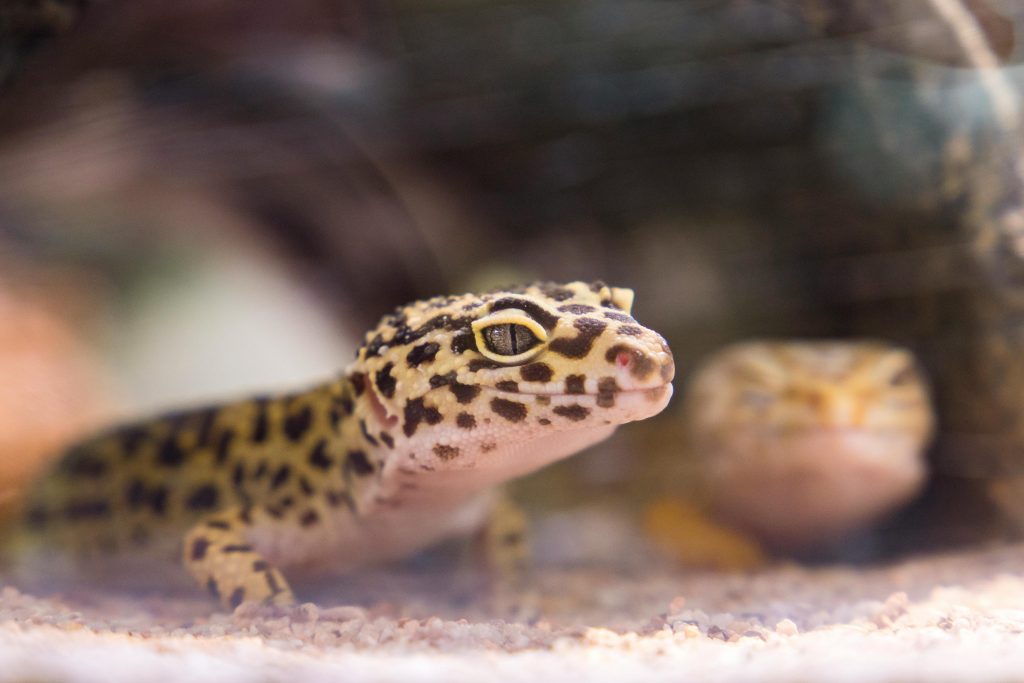
Why Choose a Leopard Gecko?
Leopard geckos are one of the most popular reptile pets for good reason. They are small, quiet, and don’t require a lot of space, making them perfect for apartment living. Their docile nature and ease of care make them an excellent choice for first-time reptile owners. Additionally, their wide variety of color morphs and patterns ensures there’s a leopard gecko to suit every taste.
Handling and Temperament
Leopard geckos are generally calm and easy to handle, making them a joy to interact with. However, their personalities can vary, and some individuals may be more skittish or defensive, especially when young.
Personality Variations
- Some leopard geckos are calm and content to sit in your hand, while others may be more active and curious.
- Baby leopard geckos can be defensive and may vocalize (a soft squeak or chirp) when startled. This behavior usually diminishes as they mature.
Handling Tips
- Always handle them gently to avoid stress or injury.
- Support their body fully, as they lack sticky toe pads and can slip or fall if not held securely.
- Avoid handling them by their tails, as they can drop them if stressed. While the tail will regrow, it won’t look the same as the original.
Biting
Leopard geckos rarely bite, but if they do, it’s usually a small nip that might draw a drop of blood. It’s not painful or dangerous, but it’s a sign that the gecko is stressed or uncomfortable.
Overall, leopard geckos are a joy to handle, but their individual temperaments should be respected.
Care and Maintenance
Leopard geckos are relatively low-maintenance, but they do have specific care requirements. Here’s what you need to know to keep your gecko healthy and happy.
Enclosure Setup
- Size: A 20-gallon tank is ideal for one adult leopard gecko. Larger enclosures are even better, as they provide more space for exploration.
- Substrate: Use reptile carpet, paper towels, or tiles. Avoid loose substrates like sand, which can cause impaction if ingested.
- Hiding Spots: Provide at least two hides—one on the warm side and one on the cool side of the enclosure. A moist hide filled with damp moss or paper towels is essential for shedding.
- Climbing Space: While they are ground-dwelling, adding low branches or rocks can provide enrichment.
Humidity and Temperature
- Humidity: Leopard geckos require moderate humidity (30-40%). A moist hide should be provided to aid in shedding.
- Temperature: They thrive at a temperature gradient of 75-85°F, with a basking spot of 88-90°F. Use an under-tank heater or a low-wattage heat lamp to maintain these temperatures.
Feeding
- Diet: Leopard geckos are insectivores and primarily eat live insects such as crickets, dubia roaches, and mealworms.
- Supplements: Dust their food with calcium and vitamin D3 supplements to prevent metabolic bone disease.
- Feeding Schedule: Feed juveniles daily and adults every other day. Adjust portion sizes based on their appetite and size.
Lighting
Leopard geckos do not require UVB lighting if their diet is properly supplemented, but providing low-level UVB can benefit their overall health.
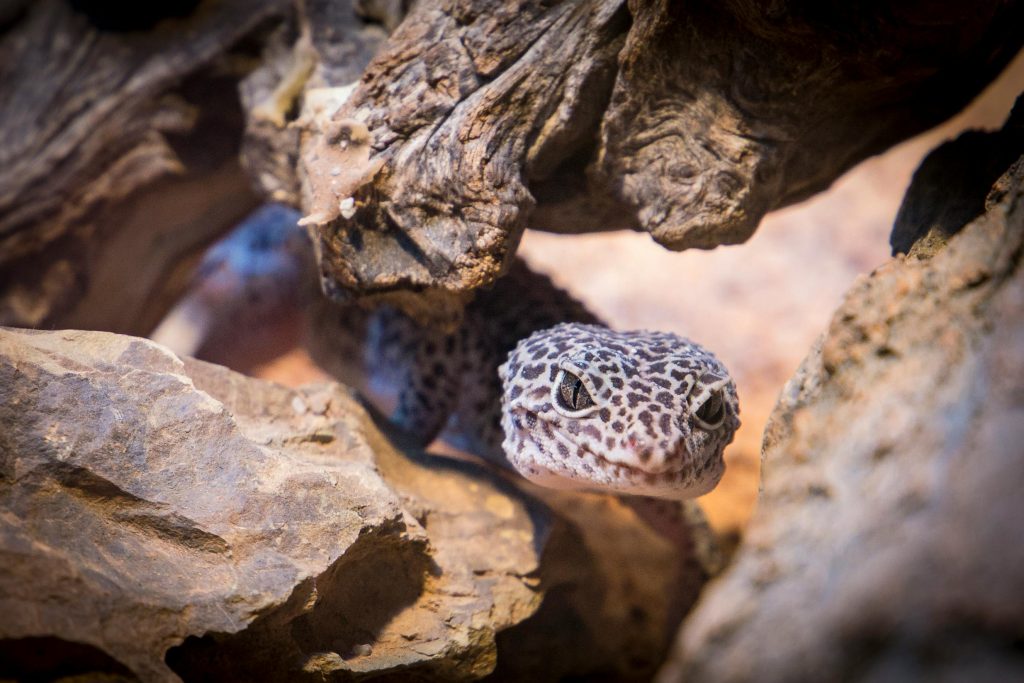
Health and Durability
Leopard geckos are generally hardy but can be sensitive to environmental changes. Here are some key points to keep in mind:
Common Health Issues
- Impaction: Caused by ingesting loose substrate or large prey items.
- Shedding Problems: Incomplete shedding can lead to skin constricting around toes or tails.
- Metabolic Bone Disease: Caused by a lack of calcium or vitamin D3 in their diet.
Preventative Care
- Maintain proper humidity and temperature levels.
- Provide a balanced diet with calcium and vitamin supplements.
- Regularly check for signs of shedding issues or injury.
With proper care, leopard geckos can live 15-20 years, making them a long-term commitment.
Availability and Cost
Leopard geckos are widely available and affordable, making them accessible to most pet owners.
Where to Buy
- Breeders: The best option, as breeders can provide healthy, well-cared-for geckos.
- Reptile Expos: Great for meeting breeders and choosing from a variety of geckos.
- Pet Stores: Less ideal, but some stores carry leopard geckos.
Cost
- Gecko Price: $30 to $50 for standard morphs, with rare morphs costing hundreds of dollars.
- Setup Cost: Around $100 to $200 for a basic enclosure and supplies.
Pros and Cons
Pros
- Easy to handle and interact with.
- Low-maintenance compared to other reptiles.
- Affordable to purchase and care for.
- Long lifespan (15-20 years).
- Wide variety of colors and patterns.
Cons
- Sensitive to improper substrate and diet.
- Require live insects, which may not appeal to all owners.
- Can be skittish or defensive, especially when young.
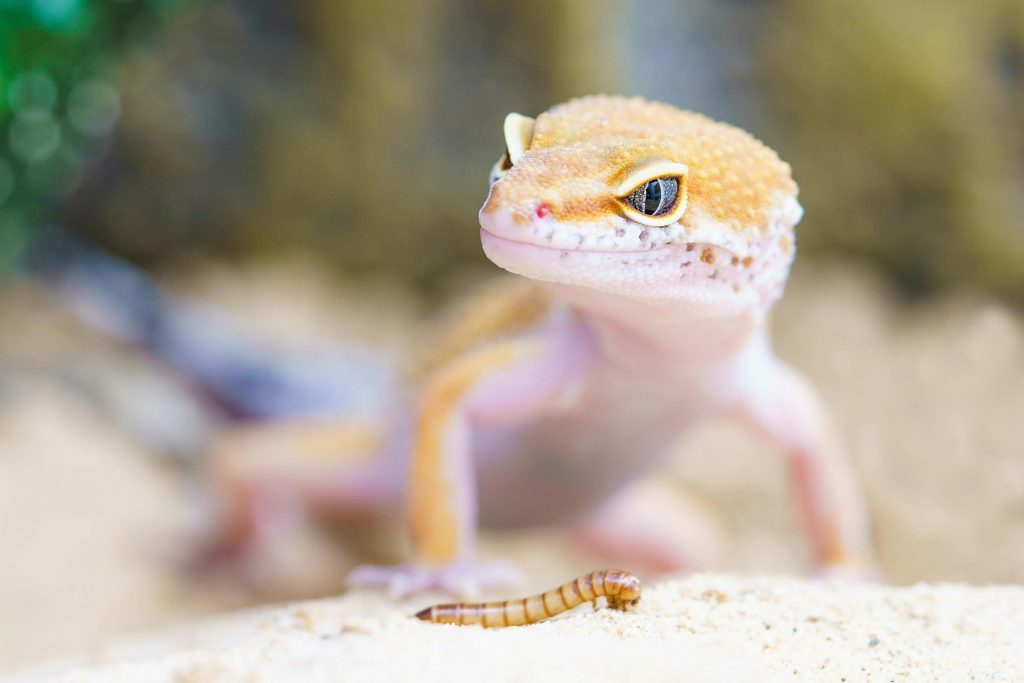
Final Thoughts
Leopard geckos are a fantastic choice for anyone looking to add a unique and engaging pet to their home. Their ease of care, affordability, and charming personalities make them a favorite among reptile enthusiasts. While they do have specific care requirements, the effort is well worth the reward of having these delightful creatures as part of your family.
If you’re considering a leopard gecko, we highly recommend visiting a breeder or expo to meet them in person. Their individual personalities and stunning appearances are sure to win you over.
Have you owned a leopard gecko? Share your experiences and tips in the comments below! We’d love to hear how you care for your gecko and what makes them special to you.
For more reptile care tips and reviews, stay tuned to our blog and don’t forget to subscribe to our newsletter! 🦎

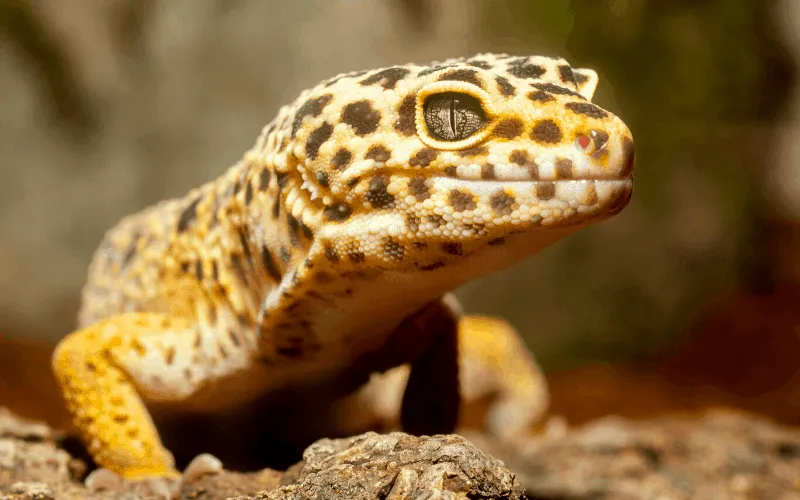

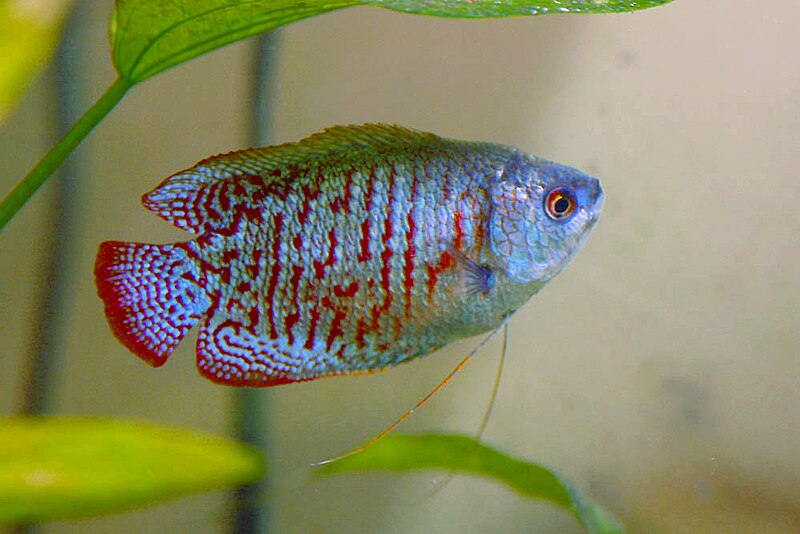

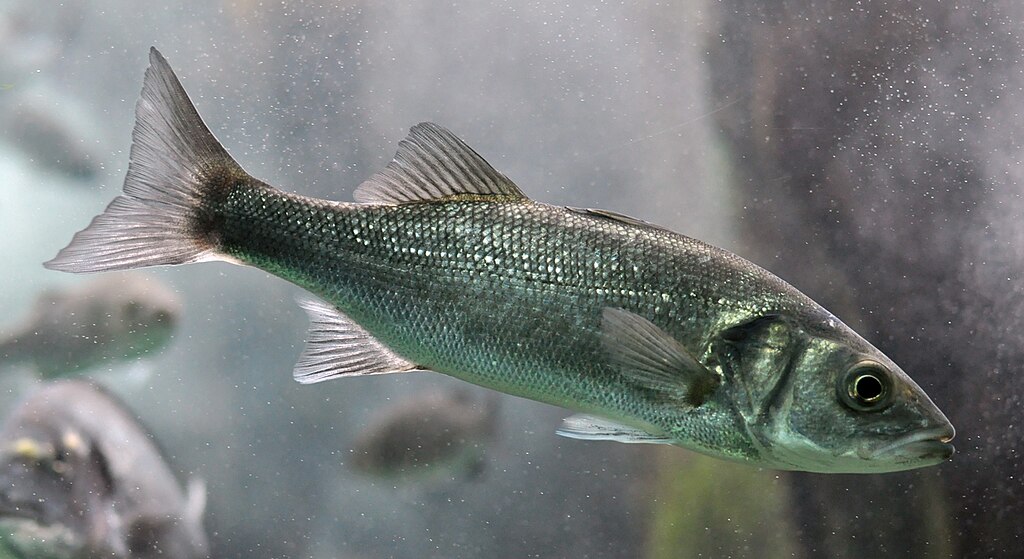
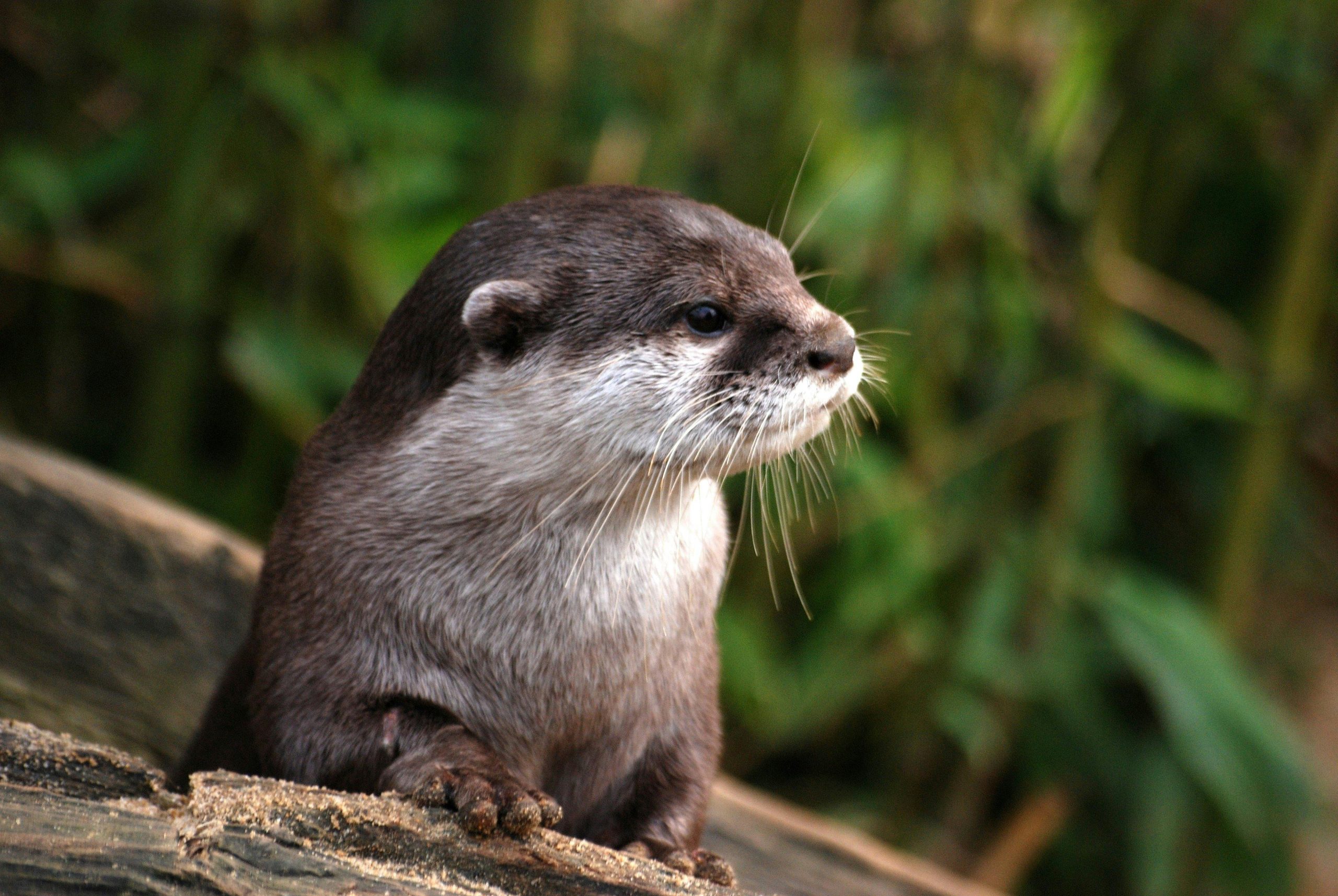
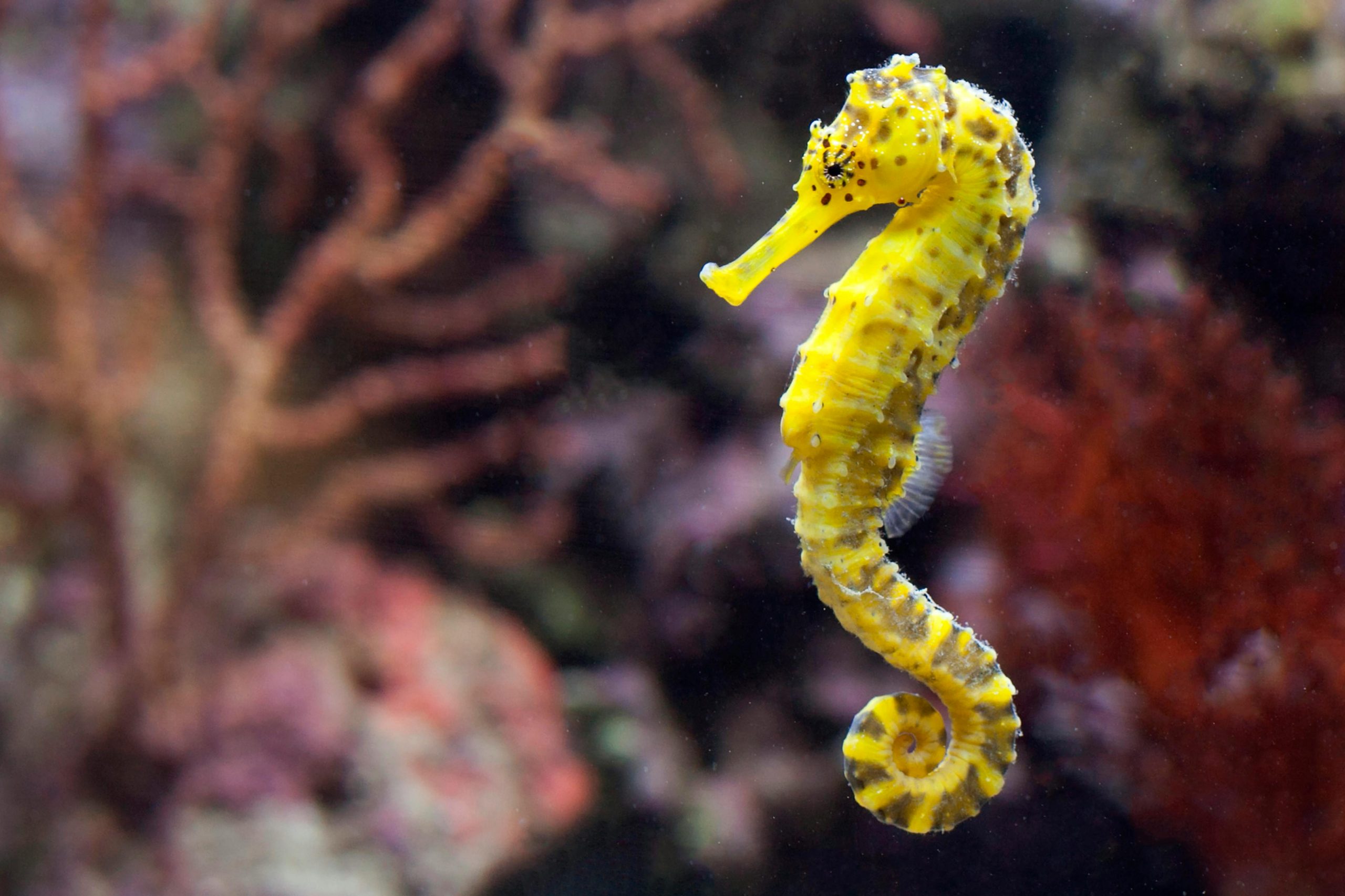
Leave a Reply